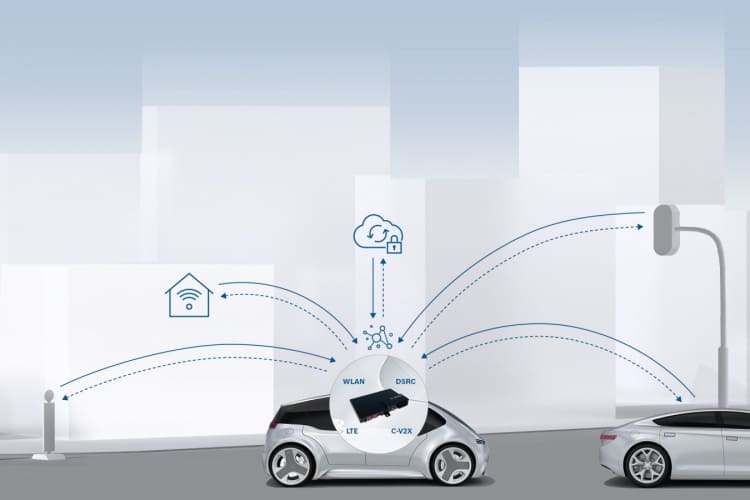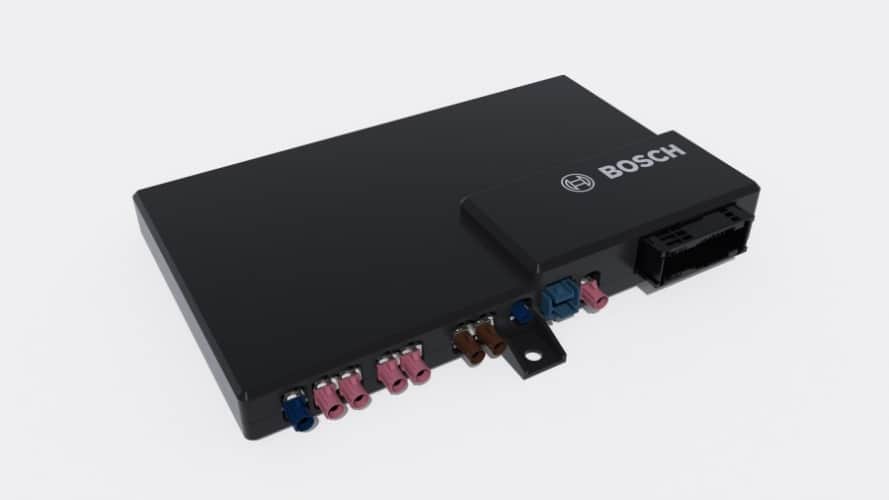New Bosch device bridges multiple vehicle communications standards
Bosch has developed a new multi-standard communications unit that will allow vehicles to share and receive data from any connected device.

There is currently no single accepted standard for vehicle-to-everything (V2X) communication, with different regions of the world using blends of cellular and WiFi transmission. China primarily uses Cellular-V2X technology (C-V2X), while Europe and the United States are incorporating transmission standards based on WiFi (DSRC and ITS-G5) alongside C-V2X. As such, for vehicles to operate globally, a universal communications tool is desirable.
“Bosch is taking a multi-standard approach when it comes to V2X,” said Bosch board member Dr Dirk Hoheisel. “We have developed a universal connectivity unit capable of communicating using all of the transmission standards implemented in connected automobiles.

“Thanks to Bosch’s all-in-one principle for connected vehicles, as many drivers as possible around the world can benefit from the added safety, comfort, and convenience provided by V2X.”
Register now to continue reading
Thanks for visiting The Engineer. You’ve now reached your monthly limit of news stories. Register for free to unlock unlimited access to all of our news coverage, as well as premium content including opinion, in-depth features and special reports.
Benefits of registering
-
In-depth insights and coverage of key emerging trends
-
Unrestricted access to special reports throughout the year
-
Daily technology news delivered straight to your inbox










UK Enters ‘Golden Age of Nuclear’
The delay (nearly 8 years) in getting approval for the Rolls-Royce SMR is most worrying. Signifies a torpid and expensive system that is quite onerous...